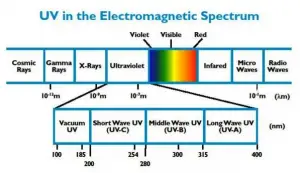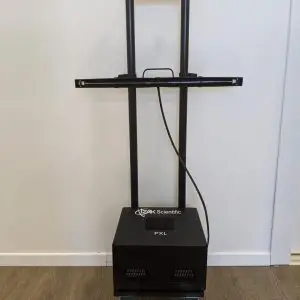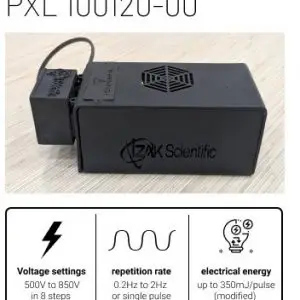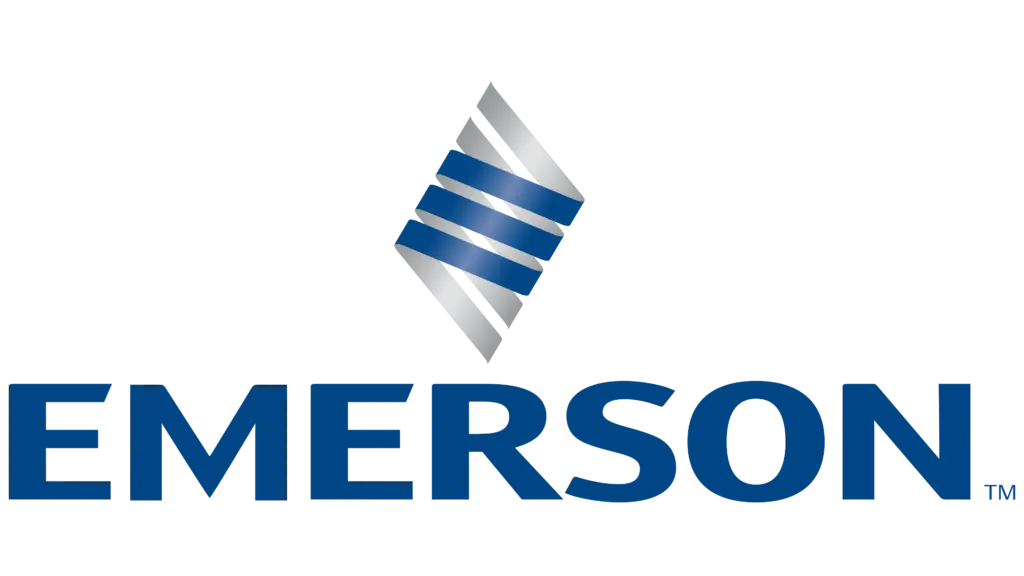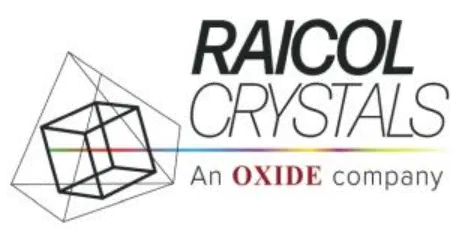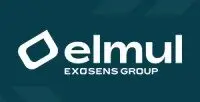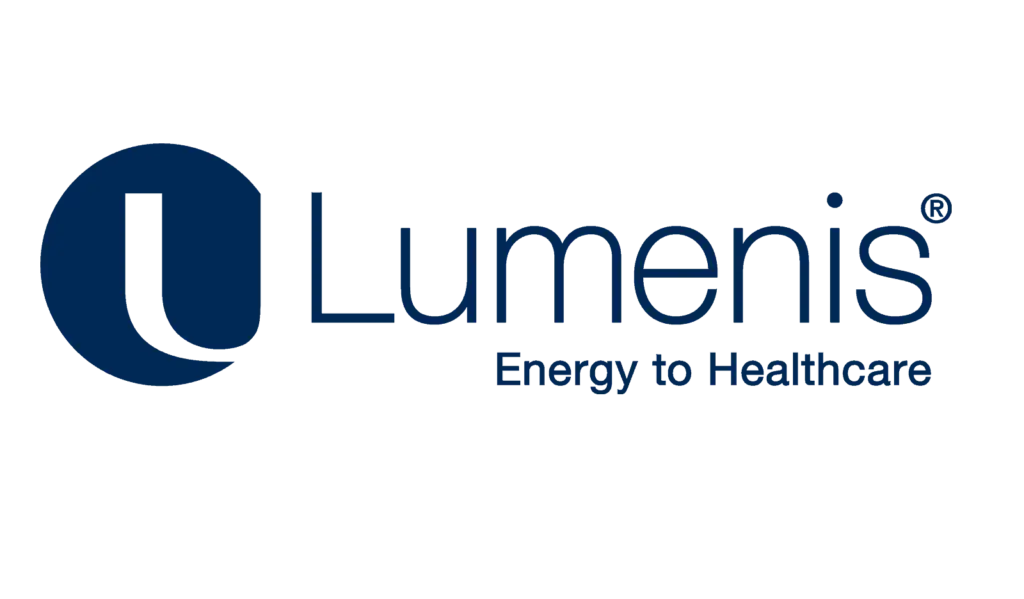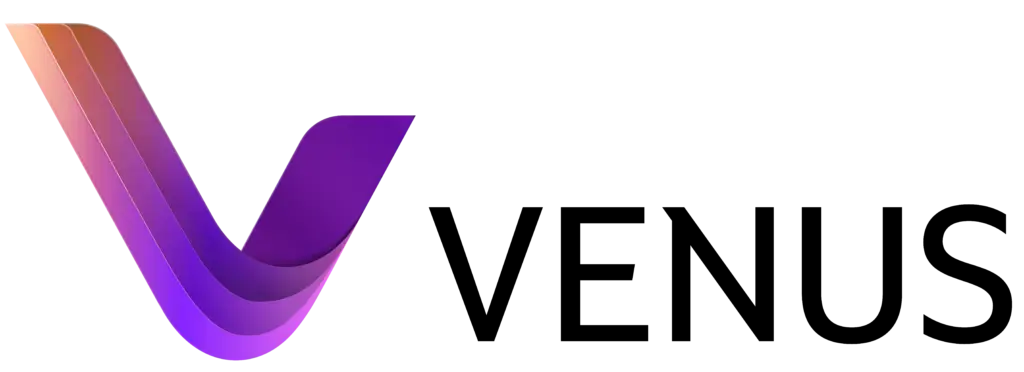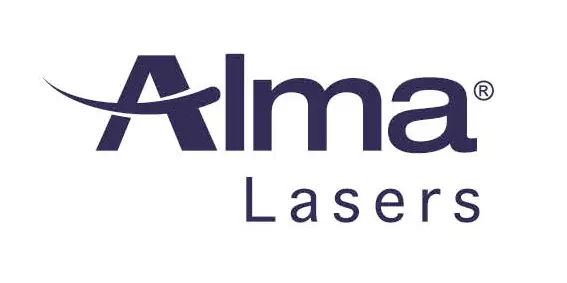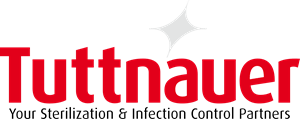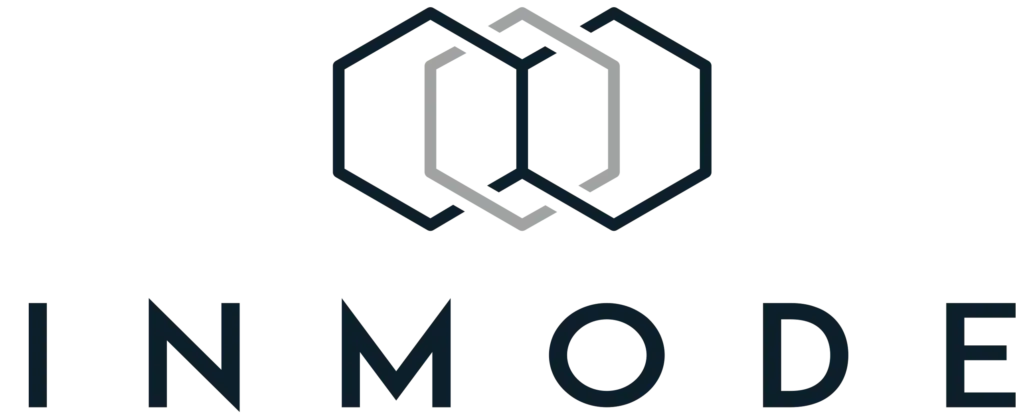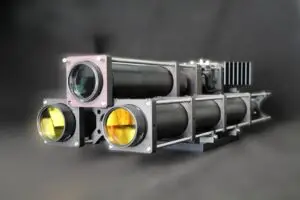Pulsed Xenon Vs LED Vs Low Pressure Mercury UV-C Lamps
Which is the best UV sanitizer? Let’s have a review of the three main types of UVC devices available on the market: pulse xenon lamp (PXL), low pressure mercury (LPM) lamps and LED -UVC light.
A pulse xenon lamp (PXL) is a gas discharge lamp that emits a high power pulse of radiation in UV, visible and near infrared regions. Pulsed xenon, an environmentally-friendly noble gas works faster and has broader antimicrobial action compared with the other UVC devices. The efficiency and intensity of the PXL is much greater than the LPM [5] and LEDs.
PXL offers a wider UV spectrum, compared with other UVC devices. According to research studies, UV rays outside the traditional 250-289 nm range helps promote a faster and more efficient disinfection. [2] Unlike LPMs and LEDs, PXL require a special hardware to operate to ensure compressed high power radiation and strong, wide spectrum antimicrobial action.
If you are looking for and ultraviolet sanitizer that provides effective, reliable microbial reduction in a very short period of time(seconds), the lower energy costs, great flexibility and eco-friendly UVC light consider PXL lamps, as these are the major advantages of this type of UVC technology.
A continuous low pressure mercury (LPM) lamp is a gas discharge lamp that emits continuous radiation in a narrow UV spectrum. There is environmental concern, because it contains mercury. Unlike PXL lamps that have an on/off control, mercury vapor lamps work on continuous operation and require a warm up and cool down period which increase energy consumption and time. Continuous use may also increase the risk of damage to the plastics and other materials exposed to the light. Here are a few advantages of the LPM that are available today on the market if you choose an ultraviolet sanitizer LPM type: they are low cost, and have a peak emission at 253.7 nm, that has been well tested as an effective germicidal wavelength. Unlike older generations of LPMs, the new ones do not lose efficacy over lifetime, and therefore do not need frequent replacement. Furthermore, LPMs are easy to operate and do not require hardware.
A LED- UVC light is a semiconductor device that emits continuous radiation in a narrow spectrum — for example at 265nm or 247-280 nm. LED technology is considered eco-friendly. [3] LEDs require more time for disinfection, and even the most intense LED light does not approach the intensity of the pulsed xenon discharge output. Like PXL, LEDs do not cause thermal effects on the surfaces exposed to the light. On the other hand, heat sensitive surfaces may be affected by LPM. The major advantages of LED-UVC devices are the low cost and long lifespan.
In the table below, you have a quick comparison between ultraviolet sanitizers using PXL, LPM and LED- UVC technology. It is focused on electrical efficiency, UV efficiency, UV intensity, the treatment time and the UV spectrum. Note: The UV effectiveness for air and water disinfection is evaluated by calculating the UV doses which will be delivered to the microbial population under test. The formula is: UV dose (calculated in μWs/cm2)= UV intensity (μW/cm2) × exposure time (secs).
UV Source | Electrical Efficiency (%) | UV Efficiency (%) | UV Intensity (W/cm²) | Treatment time | UV/ Output Spectrum |
PXL | 15-20 | 17 | 30,000 | ms-min | wide spectrum/ polychromatic 170-1000 nms
|
LPM | 50 | 38 | 0.01 | s-min | Monochromatic 253.7 nm |
LED- UVC | 60 | 10 | 0.001 | h | Narrow spectrum |
[5]
When asking which is the best uv sanitizer, there are few more important things to consider. Was your device tested by a third party, independent laboratory? Does it come with a full training manual and safety instructions? Does the manufacturer comply with international standard certifications like ISO 9001 ?
PXL products offered by IZAK Scientific are created by scientists with a proven record of excellence. The devices are based on use of advanced pulsed xenon light, they are third party tested and our company has been assessed and complies with ISO 9001-2015. Whether you need small or larger surfaces for disinfection, IZAK Scientific has a solution for you. Full training and safety instructions available. Email us today!
References:
https://www.cdc.gov/infectioncontrol/guidelines/disinfection/introduction.html
https://www.researchgate.net/publication/5393412_Comparative_disinfection_efficiency_of_pulsed_and_continuous-wave_UV_irradiation_technologies
https://www.fda.gov/media/101349/download
https://www.cdc.gov/infectioncontrol/guidelines/disinfection/
“Ultraviolet Light in Food Technology: Principles and Applications” By Tatiana Koutchma
Want to learn more about UV Sanitizer?
Tzachi Sabati
CEO, IZAK Scientific
Physicist specializing in photonics and quantum technologies, with deep expertise in quantum sensors and advanced optical systems. Leads the Advanced Quantum Lab course at the Technion, bridging academic excellence with industry innovation. At IZAK Scientific, provides cutting-edge photonics-based solutions, developing customized inspection and sensing systems for R&D and production. Passionate about advancing quantum sensing applications and integrating novel technologies to meet industry needs.

